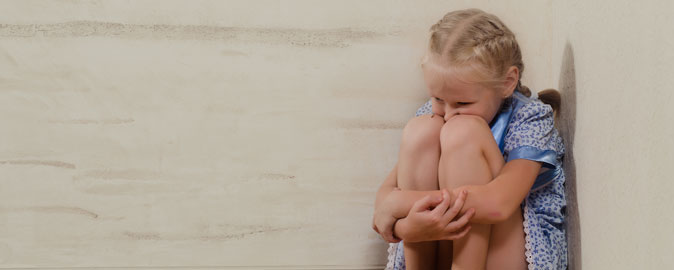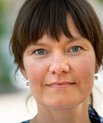To help kids with anxiety disorders we need to target their treatment
Most children with anxiety disorders can be treated through the so-called Cool Kids programme, but there are some who do not respond successfully. New research results indicate that children who are non-responders can be helped by additional treatment targeting each family’s specific needs.

Children with anxiety disorders who do not respond satisfactorily to the manual based cognitive behaviour therapy in the so-called Cool Kids programme can benefit from additional therapy. This is the conclusion of a new scientific study conducted by researchers from the Anxiety Disorder Clinic for Children and Adolescents at the Department of Psychology and Behavioural Sciences at Aarhus BSS.
“These research results are very important, and they tell us not to give up. It only requires relatively little additional treatment to improve the quality of life of these children – also in the long term,” explains Mikael Thastum, who is head of the Anxiety Disorder Clinic for Children and Adolescents at Aarhus BSS.
Treatment must be adapted to the individual
Fourteen children and youths participated in the study, all of whom had not benefited satisfactorily from the Cool Kids treatment. Their parents also took part in the treatment. The children and their parents received additional treatment after unsuccessful treatment with the Cool Kids programme. The treatment was based on the same principles as the Cool Kids programme, i.e. cognitive behavioural therapy (CBT). The only difference is that the additional treatment was tailored to the needs of the individual families, whereas the Cool Kids treatment took place as group sessions following a relatively fixed course of action. The additional treatment offered more room for tailoring the treatment to the individual family and addressing the challenges and difficulties that the individual child and his/her family were experiencing.
The overall conclusion of the study is that 65-70 per cent of the children who did not respond successfully to the Cool Kids programme can benefit from additional treatment. At the one-year follow-up, the patients’ improvement was maintained.
The results are important in many ways. Most of the non-respondents in the Cool Kids programme thought they had benefited a great deal from the treatment, but believed they needed more help. The results of the study thus suggest that a standardised stepped care CBT model for treating children with anxiety could be relevant as a publicly subsidised treatment option. In a stepped care model, all children suffering from anxiety are first offered the relatively inexpensive manual-based treatment. Those who do not benefit satisfactorily from this treatment will then be offered to take part in a more intensive individualised course of treatment.
Moreover, the Anxiety Disorder Clinic for Children and Adolescents is currently working to develop a treatment option aimed at youths suffering from anxiety.
The research project is supported by TrygFonden, and the results have just been published inThe Journal of Child and Family Studies.
Read more about the treatment offered at the Anxiety Disorder Clinic for Children and Adolescents.
Further information

PhD student Irene Lundkvist-Houndoumad
Aarhus BSS, Aarhus University
Mail: irenelh@psy.au.dk
Mobile: +45 20 93 81 63

Professor Michael Thastum, Head of the Anxiety Disorder Clinic for Children and Adolescents
Aarhus BSS, Aarhus University
Mail: mikael@psy.au.dk
Tel.: +45 87 16 58 46







